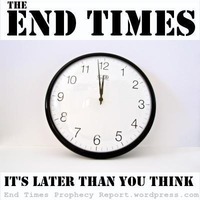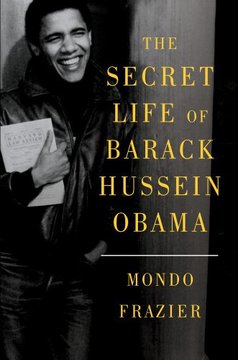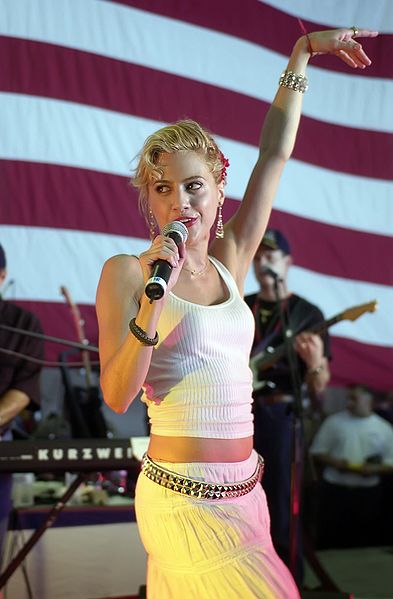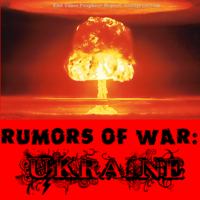
The last thing on one's mind, when they meet and fall is love, is whether their new love could be a biological sibling.
One couple in the UK discovered, much to their horror, they were twins, conceived by In Vitro Fertilization, then separated at birth. The privacy of the "anonymous" sperm or egg donor superseded their right to know the circumstances of their birth. The couple discovered that they were twins born after Invitro treatment and then separated at birth.
Current laws in Britain protect the identity of the biological donor parents, putting the children in a bewildering maze of Never Never Land. Never knowing who donated the sperm or the egg that led to their conception or the possibility that they may have multiple half-brothers and sisters.
David Alton, member of the Lords, said the couple were granted an annulment after a High Court Judge ruled their marriage had never "validly existed".
An annulment will not erase the trauma of breaking one of society's taboos, that of incest, even if it happened unknowingly or the myriad of other issues facing this couple.
Alton, a Catholic pro-life politician, is using the couple's plight to highlight the "deficiencies" of a new piece of legislation working its way through Parliament, the Human Embryology and Tissues Bill.
The bill is designed to make it easier for lesbian and gay couples to have children through assisted reproduction, recognising same-sex partners as legal parents of babies conceived through donated sperm, eggs or embryos.Alton points out that there's no provision for the identity of the donor to be disclosed which protects the donor but keeps the child in the dark. Legally, the child will not be allowed to access any information leading to the identity of the donors involved with their conception nor genetic information.
From Testicare:
Around 8,500 of the 640,000 babies born in the UK each year are ART-conceived and it is estimated that every primary school now has at least one "test-tube baby".From the Times Online: The Multimillion-Pound Sperm Industry
The global market for sperm exports has been estimated at between £25 million and £50 million a year. The US market is worth £5 million and £10 million and the European market is of similar size.How many "sperm" donor kids are out there?
Import of Cryos sperm is restricted or banned in the UK, the Netherlands, Norway, Sweden, Austria, Switzerland, New Zealand and Australia — in most cases because the donors cannot be anonymous.
Cryos is still selling to the UK in “exceptional circumstances”, for instance, if a couple want siblings for a child already conceived by a Danish donor.
The largest buyers of Cryos sperm are clinics in Denmark, Ireland, Belgium and Finland. The couples being treated in these countries are often from nations where laws against the use of anonymous sperm are the most stringent.
US customers can pay $25 to browse extended profiles of donors, which contain details of the donor’s heart rate, skin tone, propensity to allergies or myopia, and where donors discuss their education, their career goals, their love life, their favourite food/colour/animal/car, and reminisce about their upbringing and family holidays. A photo of the donor costs $20.
While the rest of Europe looks to Denmark for donor sperm, Spain is becoming the place for couples requiring donor eggs. Though Spanish egg donors may not be paid, they may receive “compensation”. In Barcelona women can be paid £600. One clinic in the city gets five new British couples each week.
From Spermcenter:
What about the children? How many sperm donor babies are born in a year?
The short answer is, nobody knows because nobody's counting. There are several
reasons. Many women don't report their births. Some are so happy to have a child that reporting doesn't cross their minds. Others prefer to keep the method of pregnancy private, even from their doctors. But the root reason there are no records is there's no law that requires them, and no agency keeping track. The Center for Disease Control keeps detailed records on Assisted Reproductive Technology (ART), but not Donor Insemination (DI). ART involves the removal of an egg. It's considered high-tech, medically difficult and deserving of accurate statistics to measure success. DI is performed with the medical equivalent of a turkey-baster. It's considered low-tech, brainless and unworthy of keeping score.
Most news media report 30,000 sperm donor babies born in the US each year. But that number is 20 years old. At least one sperm bank claims on their web site the current number is 50,000. Table 1 shows the average number of children per donor under various assumptions about the number of donors and children. The average ranges from 19 kids per donor at the low end, to 54 on the high. With conservative
assumptions—say, 90,000 babies and 3500 donors—the average donor has 26 kids.
Will governments have enough gumption to address the issue of rights of invitro-babies?
Time and the sheer numbers of these babies being born will tell.
By LBG
Source - AFP - Separated-at-birth twins get married
Image [Inmagine]
DBKP.com - Bigger, Better!.
Death by 1000 Papercuts Front Page.






























No comments:
Post a Comment
Leave your name/nic.
We've changed the comments section to allow non-registered users to comment.
We'll continue like that until it's being abused.
We reserve the right to delete all abusive or otherwise inappropriate comments.